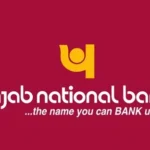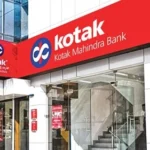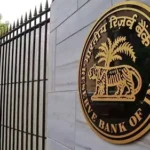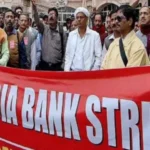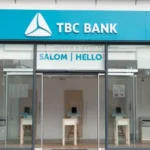What is DRF Full Form in Banking?
The DRF Full Form in Banking is Dematerialization Request Form. A DRF is required for converting the physical securities in the form of share certificates and bonds into electronic or dematerialized form. It is a kind of prescribed application filed by an investor to request the concerned broker, who acts as an intermediary between the investor and depository.
Types of DRF:
The three types of DRF are
- Transmission-cum-Dematerialization: When one of the joint holders, upon his / her death, desires that the name of the deceased is deleted from the physical certificate and that the securities stand dematerialized in favor of the surviving holder.
- Transposition-cum-Dematerialization: When it is desired to transpose securities having identical names that are differently sequenced in the physical certificate from that in the Demat account.
- Normal Demat Request Form: In case both the names in the physical certificate and Demat account are spelt in the same sequence and none of the above situations applies.
Significance of DRF:
DRF form holds the key to all the benefits that will accrue to an investor’s portfolio through electronic trading and share management. Thus, knowing its various types and the filling process will make it easy to facilitate the shift of investors from physical to electronic shares and hence to a more efficient and secure way of investment management.
Other Full Form
- Delivery Request Form.
- Depreciation Reserve Fund.
